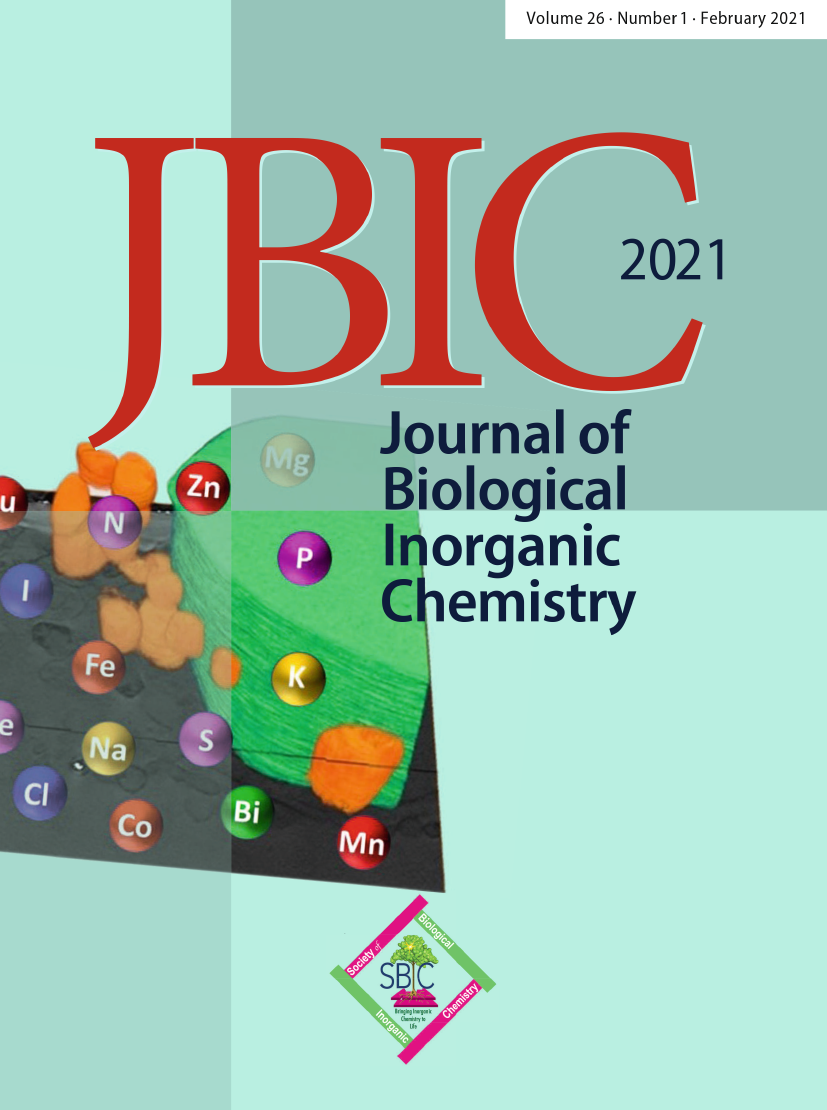Decoding the mechanism for cytotoxicity in thiolato-bridged triosmium carbonyl clusters: from serum reactivity to cellular impact.
IF 2.7
3区 化学
Q3 BIOCHEMISTRY & MOLECULAR BIOLOGY
引用次数: 0
Abstract
Mechanism of action (MoA) studies on the cytotoxic thiolato-bridged triosmium carbonyl clusters Os3(CO)10(μ-H)(μ-SR) (2) indicates that their cytotoxicity is associated with increased reactive oxygen species (ROS) generation, G2/M cell cycle arrest, and subsequent apoptosis. Cellular uptake is a key factor, with an increased reactivity of the cluster with serum leading to reduced available concentrations in the medium thereby diminishing its anti-proliferative effect. Reactivity studies reveal that biomolecular interactions occur predominantly at the triosmium core, with a preference for amine-containing species.
解码巯基桥接羰基三钐簇的细胞毒性机制:从血清反应性到细胞影响。
对巯基桥接羰基三锇簇Os3(CO)10(μ-H)(μ-SR)(2)细胞毒性的作用机制(MoA)研究表明,其细胞毒性与活性氧(ROS)生成增加、G2/M细胞周期阻滞和随后的凋亡有关。细胞摄取是一个关键因素,随着簇与血清反应性的增加,导致培养基中可用浓度降低,从而减弱其抗增殖作用。反应性研究表明,生物分子相互作用主要发生在三锇核,并倾向于含胺物质。
本文章由计算机程序翻译,如有差异,请以英文原文为准。
求助全文
约1分钟内获得全文
求助全文
来源期刊

Journal of Biological Inorganic Chemistry
化学-生化与分子生物学
CiteScore
5.90
自引率
3.30%
发文量
49
审稿时长
3 months
期刊介绍:
Biological inorganic chemistry is a growing field of science that embraces the principles of biology and inorganic chemistry and impacts other fields ranging from medicine to the environment. JBIC (Journal of Biological Inorganic Chemistry) seeks to promote this field internationally. The Journal is primarily concerned with advances in understanding the role of metal ions within a biological matrix—be it a protein, DNA/RNA, or a cell, as well as appropriate model studies. Manuscripts describing high-quality original research on the above topics in English are invited for submission to this Journal. The Journal publishes original articles, minireviews, and commentaries on debated issues.
 求助内容:
求助内容: 应助结果提醒方式:
应助结果提醒方式:


